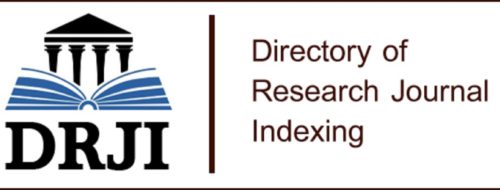Abundancia, composición y diversidad del zooplancton en la zona de Cojimíes - Manabí, durante los meses de mayo - octubre del 2018
Artículo de investigación
Palabras clave:
parámetros ambientales, diversidad, abundanciaResumen
El zooplancton ocupa el segundo lugar en la red trófica acuática marina, transfiriendo energía entre productores, como el nano y fitoplancton, hacia los niveles superiores de consumidores, por su capacidad de filtrar partículas microscópicas, por tanto una mayor abundancia de zooplancton en el medio marino es un indicador de alta productividad. Se realizaron estudios en la zona costera frente al estuario de Cojimíes durante mayo a octubre 2018, realizando arrastres quincenales diurnos y nocturnos con red de 300 µm, con el objetivo de determinar la abundancia, composición y diversidad del zooplancton y su asociación con parámetros ambientales. Se recolectaron muestras diurnas (07:00) y nocturnas (20:00) para el análisis del zooplancton. Se midió la temperatura superficial del mar (TSM) así como la transparencia de Secchi y el pH. La TSM tuvo un periodo poco variable entre mayo – junio y septiembre-octubre, con promedio de 24,9±0,2°C, y pulsos de corta duración que alcanzaron 26,0±0,9 ºC en julio. Se observó una sincronía entre las variaciones de TSM con la abundancia del zooplancton y fitoplancton en la zona de estudio. La diversidad no varió entre el día y la noche, presentando los mayores valores en julio, septiembre y octubre y los más bajos durante agosto, cuando la abundancia fue menor. Los copépodos dominaron la comunidad zooplanctónica con 54,7% mientras que otros crustáceos representaron 24%. La abundancia zooplanctónica nocturna mantuvo similitud con la diurna. Se identificaron 14 familias de zooplancton siendo Paracalanidae, Oithonidae y Acartidiidae las más representativas entre los copépodos. Entre los 17 géneros identificados, Arcatia sp., Paracalanus sp, Oithona sp. y el cladócerpo Evadne sp. fueron los más abundantes.
Palabras claves: parámetros ambientales, diversidad, abundancia.
Fecha de recepción: 30 de octubre de 2019; Fecha de aceptación: 07 de enero de 2020; Fecha de publicación: 09 de enero de 2020.
Descargas
Publicado
Cómo citar
Número
Sección
Licencia
Derechos de autor 2020 Revista de Ciencias del Mar y Acuicultura YAKU

Esta obra está bajo una licencia internacional Creative Commons Atribución-NoComercial-CompartirIgual 4.0.


1.jpg)













